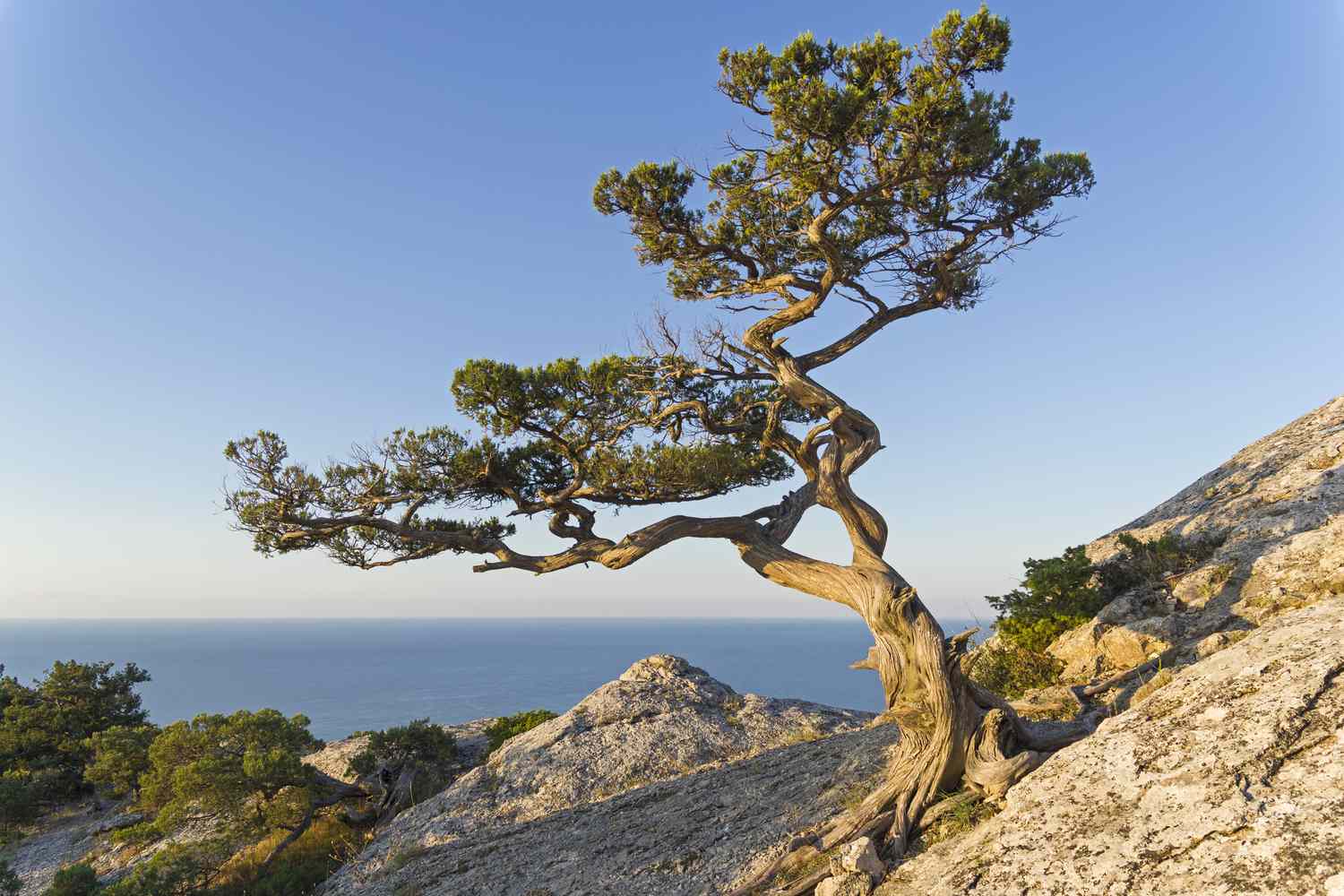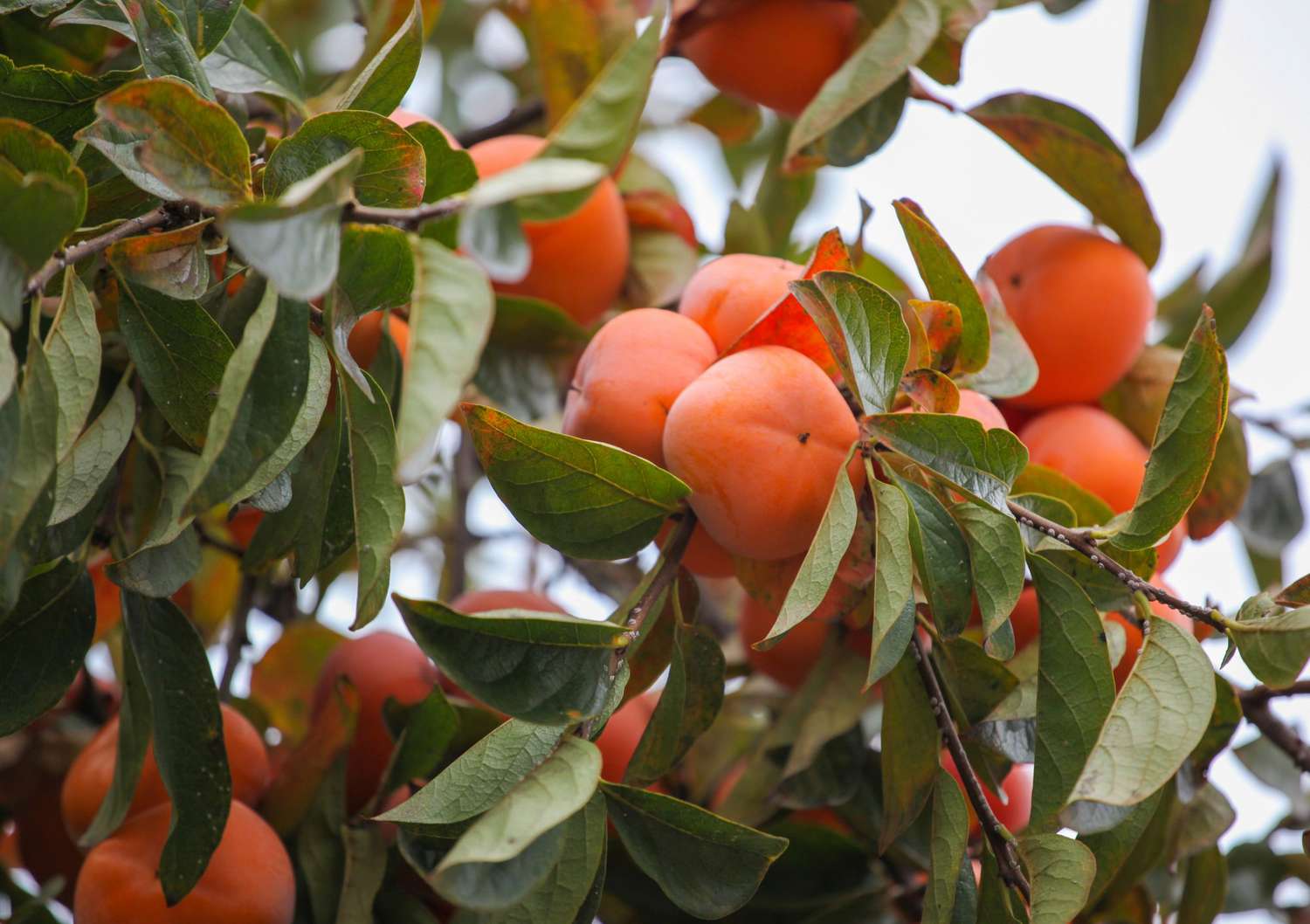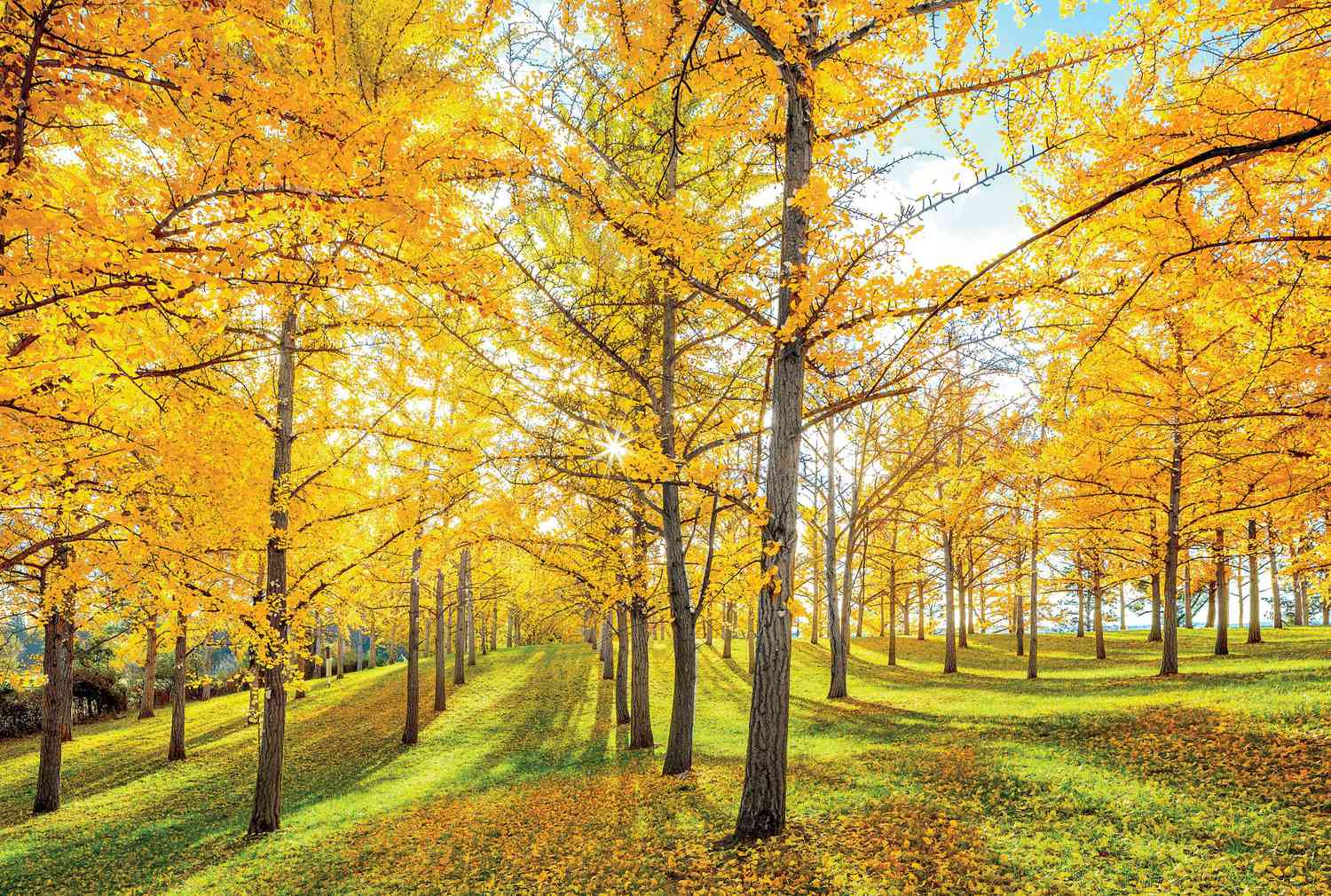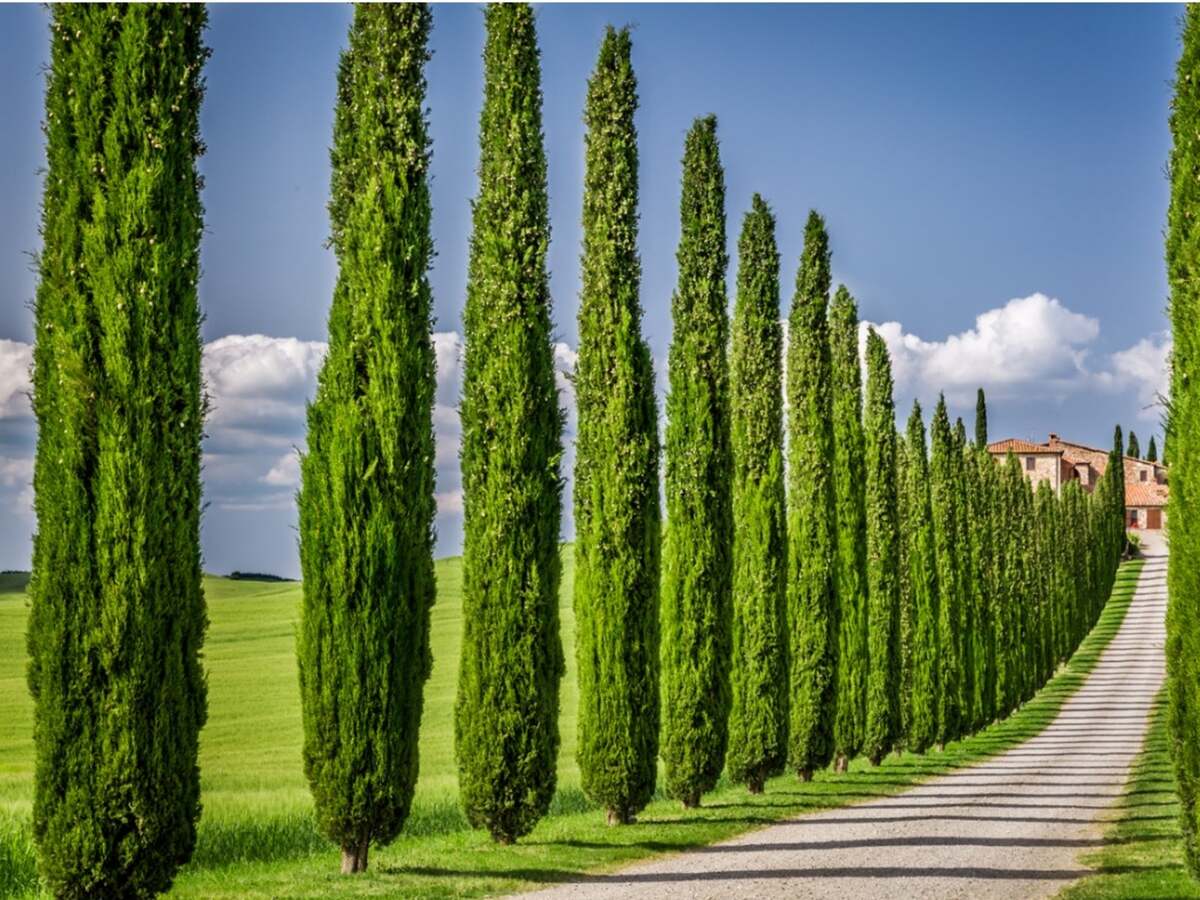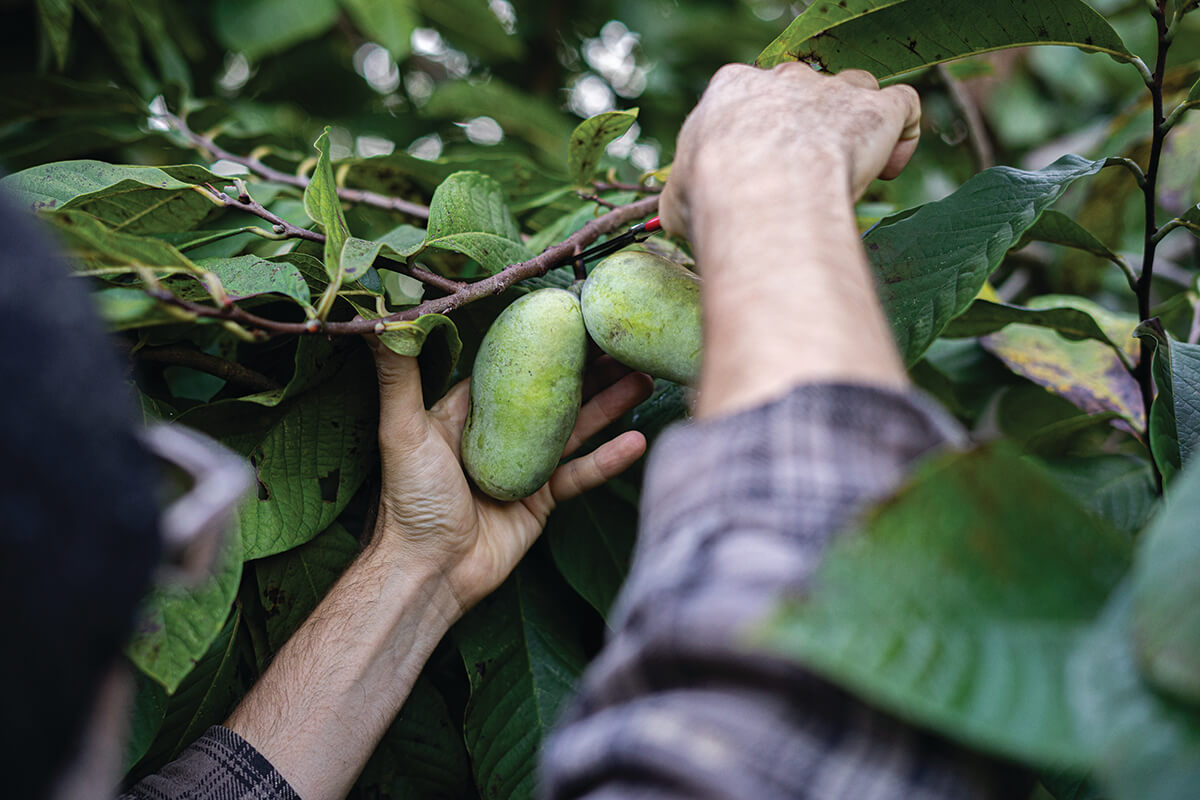Home>Types of Gardening>Ornamental Gardening>Where Do White Sunflowers Grow
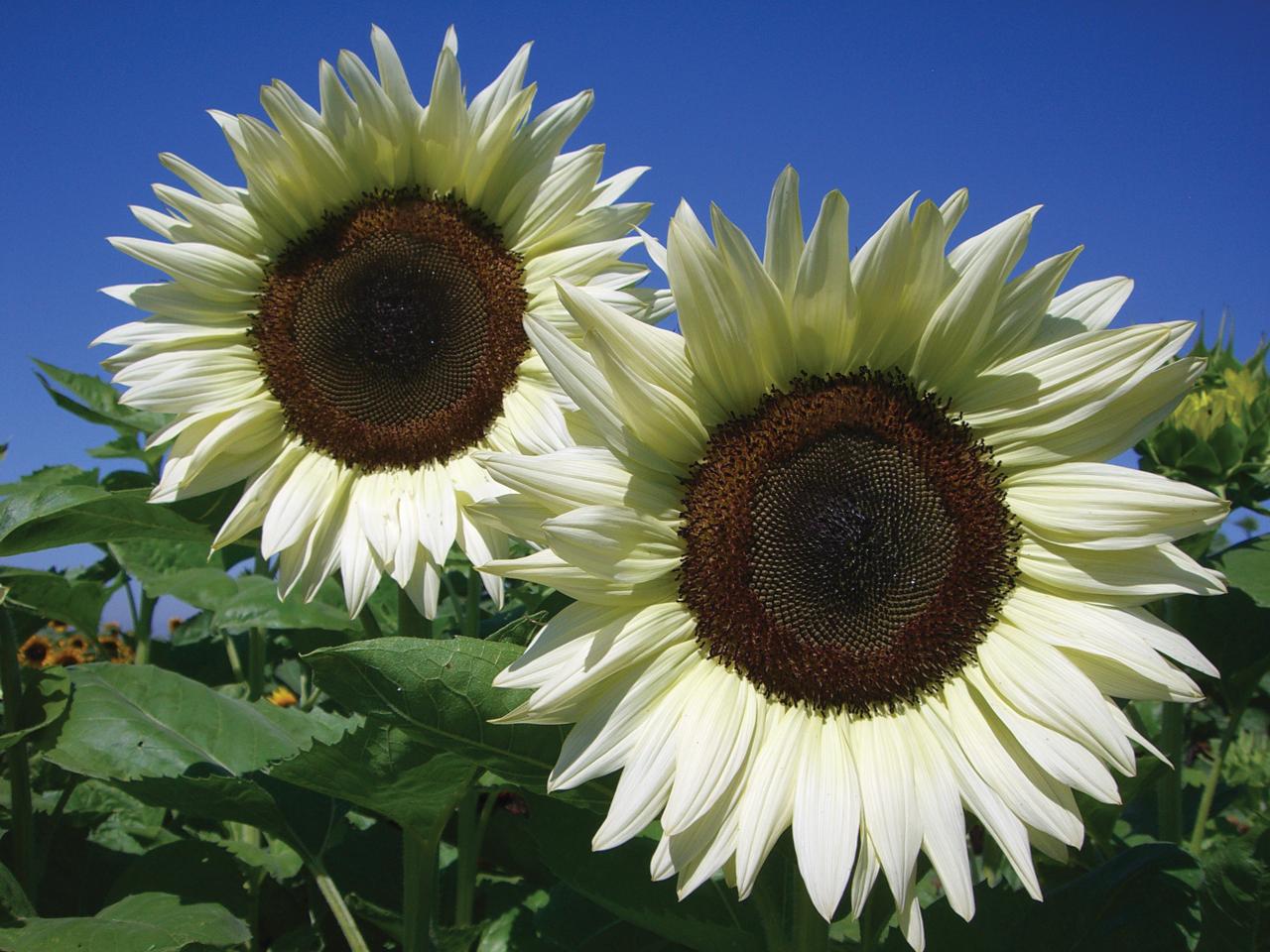

Ornamental Gardening
Where Do White Sunflowers Grow
Modified: January 22, 2024
Discover where white sunflowers grow and how to incorporate them into your ornamental gardening for a stunning and unique touch to your landscape. Explore tips and ideas for growing white sunflowers in your garden.
(Many of the links in this article redirect to a specific reviewed product. Your purchase of these products through affiliate links helps to generate commission for Chicagolandgardening.com, at no extra cost. Learn more)
Table of Contents
Introduction
White sunflowers, with their striking beauty and unique charm, have captivated the hearts of ornamental gardening enthusiasts and nature lovers alike. These stunning blooms, with their creamy white petals and contrasting dark centers, bring a touch of elegance and grace to any garden or landscape. In this article, we will delve into the captivating world of white sunflowers, exploring their origin, ideal growing conditions, distribution, cultivation, and various uses.
White sunflowers, also known as "Moonwalker" or "Italian White," stand out as a symbol of purity and tranquility, offering a refreshing twist to the traditional golden sunflowers. These enchanting blooms are not only visually captivating but also hold cultural and historical significance in various societies. As we embark on this journey to uncover the secrets of white sunflowers, we will uncover the rich tapestry of their history and the myriad ways in which they contribute to the natural world and human experience.
Join us as we embark on a captivating exploration of white sunflowers, discovering the allure and versatility of these remarkable flowers. Whether you are a seasoned gardener seeking to expand your floral repertoire or simply an admirer of nature's wonders, this article will provide valuable insights into the world of white sunflowers, shedding light on their unique characteristics and the enchanting allure they bring to gardens and landscapes.
The Origin of White Sunflowers
White sunflowers, a captivating variation of the traditional yellow sunflower, trace their origins back to the indigenous peoples of North America. The native people of the region revered sunflowers for their multifaceted utility and spiritual significance, utilizing them for food, dye, and oil, as well as incorporating them into various ceremonial practices. While the exact emergence of white sunflowers remains shrouded in the mists of time, their presence in indigenous cultures underscores their enduring appeal and cultural significance.
The evolution of white sunflowers can be attributed to the natural process of genetic mutation, leading to the development of unique color variations within the Helianthus genus. Through selective breeding and cultivation, horticulturalists have further refined and propagated these white-hued beauties, enhancing their ornamental appeal and diversity.
White sunflowers, with their serene and ethereal appearance, have become a symbol of purity and tranquility, captivating the imagination of gardeners and floral enthusiasts worldwide. Their emergence as a distinct and sought-after variety reflects the enduring allure of sunflowers and the timeless appeal of their radiant blooms.
As we explore the origin of white sunflowers, we uncover a rich tapestry of cultural, historical, and botanical significance, shedding light on the fascinating journey of these enchanting flowers from their ancient roots to their modern-day prominence in ornamental gardening and horticulture.
Growing Conditions for White Sunflowers
White sunflowers thrive in environments that offer ample sunlight, well-drained soil, and moderate moisture. When cultivating these exquisite blooms, it is essential to select a location that receives at least six to eight hours of direct sunlight daily, as sunlight is crucial for their optimal growth and development. Additionally, white sunflowers flourish in loamy, nutrient-rich soil with a slightly acidic to neutral pH level, providing them with the necessary foundation for robust and healthy growth.
When planting white sunflowers, it is advisable to sow the seeds directly into the ground after the last frost has passed, as they are sensitive to cold temperatures. The seeds should be planted at a depth of 1 to 1.5 inches, spaced approximately 6 to 18 inches apart, depending on the specific variety. Adequate spacing allows the sunflowers to receive ample airflow and prevents overcrowding, promoting healthier plants and larger blooms.
Regular watering is essential during the initial stages of growth, ensuring that the soil remains consistently moist but not waterlogged. Once established, white sunflowers demonstrate a remarkable tolerance to drought conditions, making them well-suited for various climates and growing regions.
White sunflowers are relatively low-maintenance plants, requiring minimal intervention once they have taken root. However, it is advisable to monitor for any signs of pests or diseases, addressing them promptly to safeguard the health and vitality of the sunflowers. By providing the appropriate growing conditions and attentive care, gardeners can cultivate these resplendent blooms to grace their gardens with their timeless allure and delicate beauty.
Distribution of White Sunflowers
White sunflowers, with their captivating charm and distinctive elegance, have garnered widespread popularity and are cultivated in various regions across the globe. While their origins can be traced back to North America, where they held cultural and spiritual significance for indigenous peoples, white sunflowers have transcended geographical boundaries and are now cherished in diverse climates and landscapes.
These enchanting blooms have found a welcoming home in regions characterized by temperate climates and abundant sunshine, thriving in locations where they receive the requisite sunlight and optimal growing conditions. From the sun-kissed fields of the Mediterranean to the sprawling gardens of Asia, white sunflowers have made their mark as a beloved ornamental plant, adorning landscapes with their serene beauty and understated elegance.
The distribution of white sunflowers extends to a myriad of countries, encompassing both hemispheres and spanning continents. Their adaptability and resilience have facilitated their widespread cultivation, allowing gardening enthusiasts and horticulturists worldwide to incorporate these exquisite blooms into their floral tapestries. Whether gracing the countryside with their ethereal presence or lending a touch of sophistication to urban gardens, white sunflowers continue to captivate hearts and inspire admiration across diverse regions and climates.
As these resplendent blooms continue to enchant and enthrall, their distribution serves as a testament to their universal appeal and enduring allure. From the fertile plains of North America to the sun-drenched landscapes of Europe and beyond, white sunflowers stand as a symbol of natural beauty and timeless grace, transcending borders and captivating admirers with their serene and enchanting presence.
Cultivation of White Sunflowers
The cultivation of white sunflowers encompasses a delightful journey of sowing, nurturing, and witnessing the enchanting transformation of seeds into resplendent blooms. Whether adorning expansive fields or gracing intimate garden spaces, the cultivation of these ethereal flowers offers a rewarding experience for both seasoned gardeners and novices alike.
To commence the cultivation process, it is essential to select high-quality seeds from reputable suppliers, ensuring the authenticity and viability of the chosen varieties. White sunflower seeds, available in an array of cultivars, present an opportunity for gardeners to explore diverse sizes and petal arrangements, allowing for a personalized and captivating floral display.
When planting white sunflowers, it is advisable to prepare the soil by incorporating organic matter and ensuring proper drainage to create an optimal growing environment for the seeds. Whether sowing the seeds directly into the ground or starting them indoors in biodegradable pots, providing a nurturing foundation is crucial for the successful germination and establishment of the sunflowers.
As the seeds germinate and the seedlings emerge, it is essential to provide consistent care, including regular watering and monitoring for any signs of pests or diseases. Additionally, providing support, such as stakes or trellises, may be necessary for taller varieties to ensure that the burgeoning sunflowers remain upright and majestic as they reach for the sky.
Throughout the cultivation process, attentive observation and care allow for the celebration of each stage of growth, from the emergence of delicate seedlings to the unfurling of the iconic white petals and the development of the distinctive dark centers. The cultivation of white sunflowers culminates in a breathtaking spectacle, as the resplendent blooms grace the surroundings with their timeless elegance and serene beauty, offering a testament to the rewards of nurturing and cultivating nature’s wondrous creations.
Uses of White Sunflowers
White sunflowers, with their ethereal beauty and serene presence, offer a myriad of uses that extend beyond their ornamental appeal. These captivating blooms have captured the imagination of individuals and communities, inspiring a range of creative and practical applications that contribute to various aspects of human life and the natural world.
One notable use of white sunflowers lies in their contribution to the artistic and aesthetic realms. As ornamental plants, these resplendent blooms adorn gardens, landscapes, and floral arrangements, infusing them with a sense of tranquility and grace. Their delicate petals and contrasting dark centers serve as a captivating focal point, adding an elegant touch to bouquets, centerpieces, and decorative displays.
Beyond their visual allure, white sunflowers hold practical significance in agriculture and horticulture. The seeds of white sunflowers, renowned for their high oil content, are cultivated for the production of sunflower oil, a versatile and nutritious culinary staple. Additionally, the seeds serve as a valuable source of feed for birds and wildlife, contributing to the ecological balance and supporting biodiversity in various ecosystems.
White sunflowers also hold cultural and symbolic significance in diverse societies, often representing purity, peace, and spiritual harmony. Their timeless beauty has inspired artists, poets, and storytellers, serving as a muse for creative expression and the exploration of themes related to nature, tranquility, and the cycles of life.
Furthermore, white sunflowers have found application in ecological initiatives, where their cultivation contributes to sustainable practices and environmental conservation. Their ability to attract pollinators and beneficial insects, coupled with their resilience in diverse growing conditions, positions them as valuable allies in efforts to promote biodiversity and enhance the natural landscape.
As a versatile and enchanting botanical marvel, white sunflowers continue to find new and innovative uses, enriching diverse spheres of human experience and environmental stewardship. Whether gracing the canvas of an artist, nourishing wildlife, or symbolizing timeless virtues, these exquisite blooms embody a harmonious blend of aesthetic, practical, and cultural significance, contributing to the tapestry of human creativity and the natural world.
Conclusion
White sunflowers, with their timeless allure and multifaceted contributions, stand as a testament to the captivating beauty and versatile nature of nature’s creations. From their ancient origins in indigenous cultures to their widespread cultivation in diverse regions, these resplendent blooms have woven a rich tapestry of cultural, historical, and botanical significance, enchanting admirers and inspiring a myriad of uses.
As we have embarked on a captivating exploration of white sunflowers, we have uncovered the enchanting journey of these blooms, from their humble seeds to the magnificent display of delicate petals and contrasting dark centers. Their cultivation and uses have illuminated the diverse ways in which they enrich human experiences, from adorning landscapes with their serene beauty to contributing to ecological initiatives and cultural symbolism.
White sunflowers continue to captivate hearts and inspire admiration, offering a harmonious blend of aesthetic, practical, and cultural significance. Their enduring appeal transcends geographical boundaries, serving as a symbol of purity, tranquility, and the timeless elegance of nature’s wonders.
As we reflect on the enchanting world of white sunflowers, we are reminded of the profound impact of these blooms on the human experience, from their artistic inspiration to their ecological contributions. Their delicate beauty and versatile uses underscore the inherent connection between humanity and the natural world, inviting us to appreciate and celebrate the enchanting marvels that grace our lives.
In cultivating, admiring, and utilizing white sunflowers, we partake in a timeless tradition that celebrates the enduring allure of nature and the boundless creativity it inspires. As these resplendent blooms continue to enchant and enthrall, they beckon us to embrace the tranquility and grace they embody, infusing our surroundings with a touch of elegance and a reminder of the enduring beauty found in the natural world.
